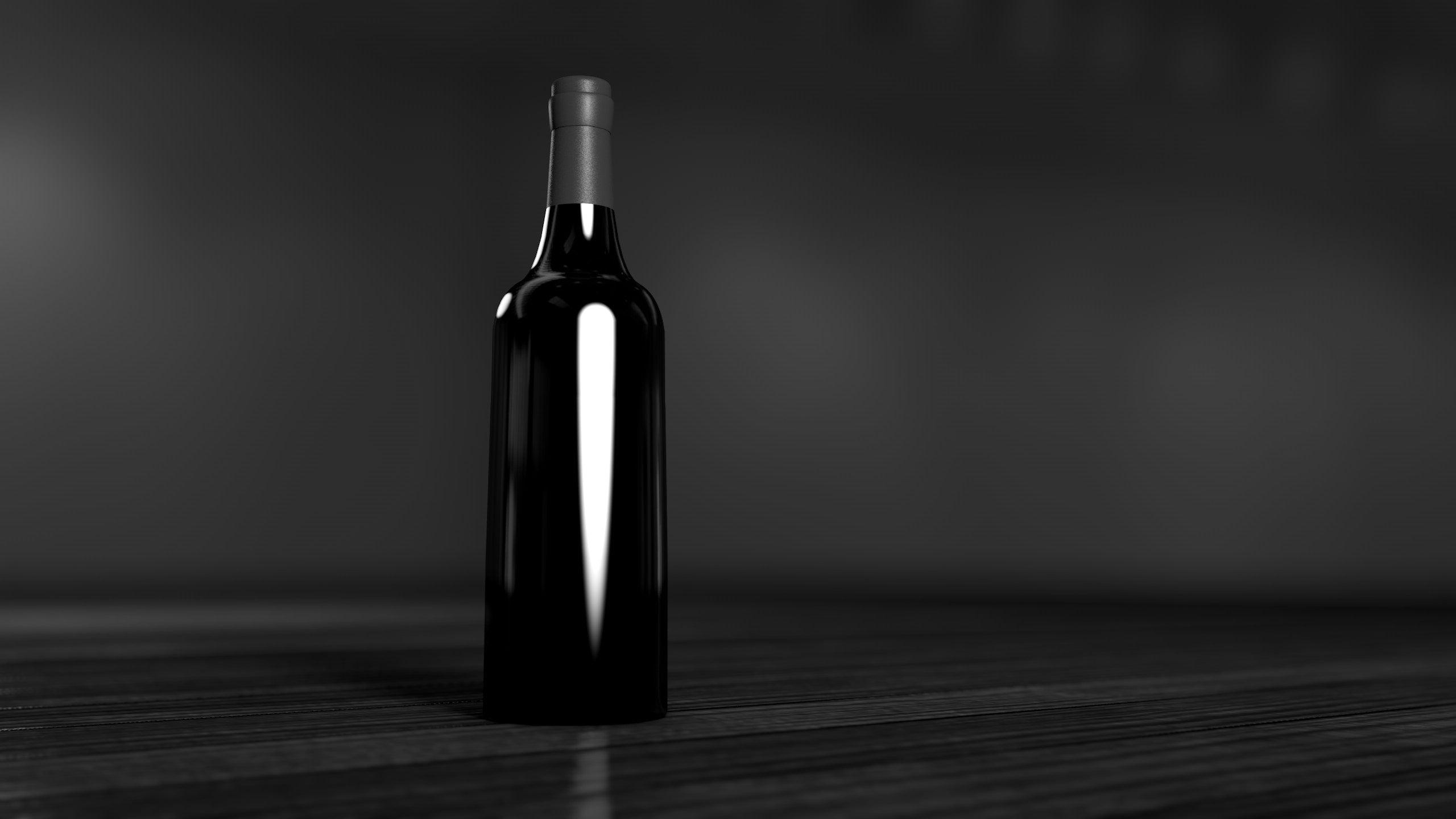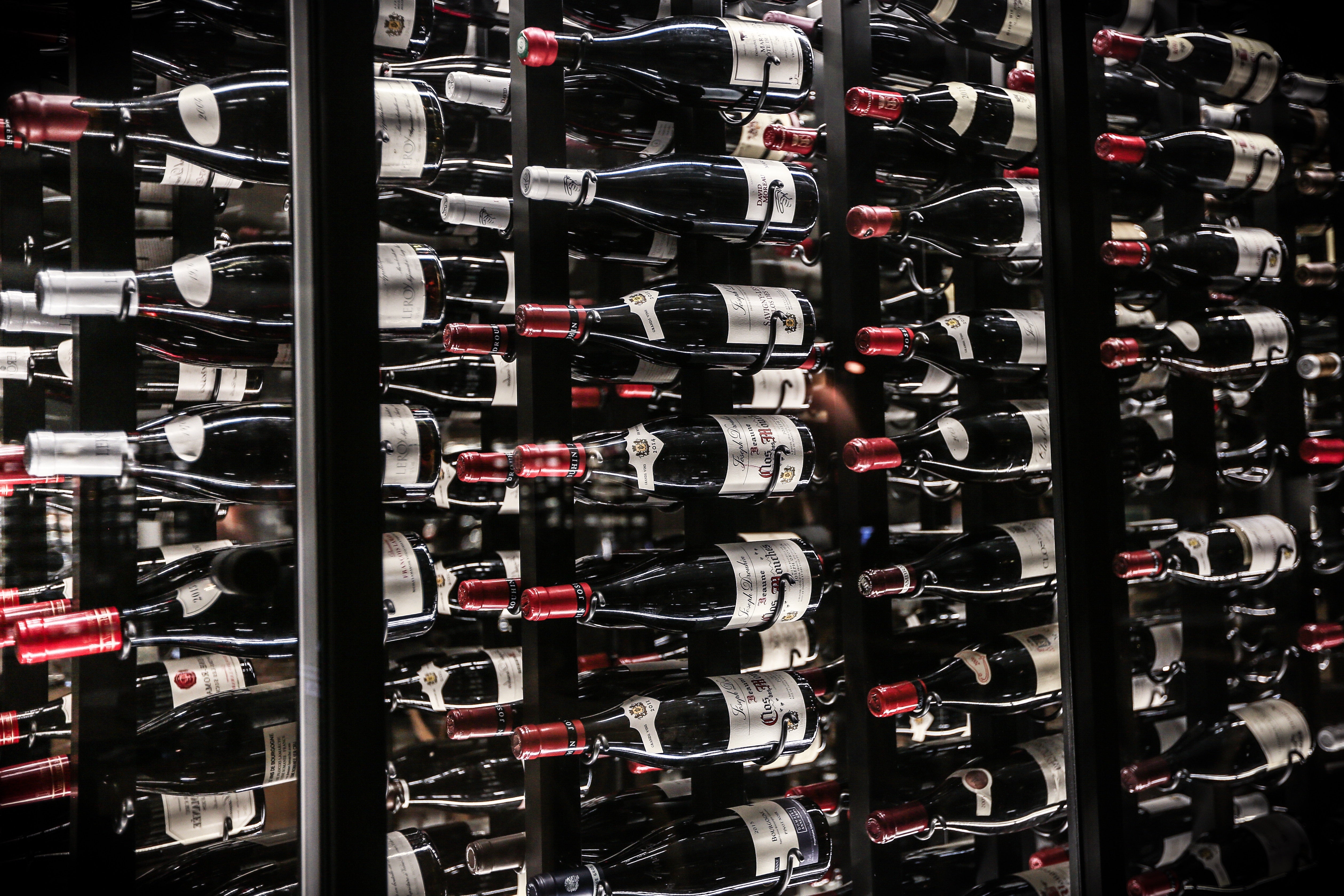
How to Read and Understand Wine Labels like a Sommelier
One of the very first obstacles we face in the world of wine is trying to understand what's inside the bottle. Wine, as we know, is essentially fermented grape juice yet it's full of nuances, some subtle and some obvious, changing in style and flavour dependent upon the grape variety(s) used, the climate it was grown in, the soils it was grown on, the wine-making techniques applied in the winery and so on. One of the joys of visiting wineries and discovering wine at its source, is having these complexities explained by the people who made the wine, who can explain exactly why it tastes the way that it does, clarifying any confusion. Unfortunately, most of the wine we drink in the world tends to be purchased through retail outlets or online, often in places where there's no specialist member of staff to help you with your purchase. The only real information we have is printed on the label, providing we can read and understand what it's telling us.
Herein lies the problem; wine labels are confusing. They're different in almost every single country and producers vary from providing a veritable mountain of technical information on the label, to almost none at all. They can be old-fashioned and elegant in style, or incredibly modern and eclectic. They can contain both legally defined and non legally defined terms, as well as references to ageing processes, vine age, bottling information and even government health warnings. Trying to understand a wine label is difficult, yet they're the window to the wine itself and by learning how to decipher this code, we as wine lovers can start making more informed choices and breaking down this arcane barrier. Ladies and gentlemen, let's talk about how to read a wine label.
Make sure to check our ultimate guide to shopping for a bottle of wine!

Wine Labels Across the World
Wine labels change as you go around the world. Wines produced in 'Old World' countries tend to be more arcane and require more knowledge to understand, whereas wines produced in 'New World' countries tend to be more consumer friendly if often lacking specificity. We'll come onto the differences between the two in a moment, but first let's have a look at what you're likely to find on any bottle of wine in the world.
Name – Most wines will have something to distinguish them on the front label. It may be the name of that particular cuvee, it may be a grape variety, a European appellation or even a number of some description.
Region and Country – Most wines will have some sort of geographical indication. One of the most interesting aspects of wine is how it changes style in relation to its geography. This can be as a broad as the enormous South Australia, which covers over 50% of the wine made in the entire country, to a single vineyard of barely a few acres.
Producer – Naturally, the producer will be mentioned somewhere on the label, often splashed out in large across the front. There will also usually be an address for this producer, as well as an address for the bottler if it hasn't been bottled on the estate itself. The only exception to this are private label wines, which are becoming increasingly popular in supermarket chains, where the supermarket makes a deal to buy wine from a producer and bottles it under their own brand.
If a wine has been bottled on the estate where it was produced, it will typically also be mentioned on the bottle. Look out for 'Estate Bottled' (English), 'mis(e) en bouteille au domaine' (French) or 'Erzeugerabfüllung' (German).
Volume – Simply, how much is in the bottle of wine. Most standard wine bottles are 750ml (25.3oz) although they can range from as small as 187.5ml (6.3oz) all the way up to 30L (1014oz)!
Alcohol – Legally, every country in the world requires that alcohol content be stated, to a greater or lesser degree of accuracy. Wines range from around 5% ABV (Alcohol by volume) in the case of Moscato de Asti, all the way up to 25% in the case of some fortified wines. Most commercially available wines will range from around 7.5% ABV, such as a Kabinett Riesling from the Mosel, all the way up to around 17% ABV in the case of some Amarone della Valpolicella or Zinfandel.
Vintage – If the wine is from a single vintage, this will be stated on the label.
Contains sulfites – As all wines contain sulfites, regardless of whether they've been added or not (the fermentation of wine always produces a small quantity of sulphur dioxide), this is usually shown on the label as it can pose a risk to anyone suffering from severe asthma.
So, this is the information you're likely to find on any commercially available bottle of wine in the world. It gives you the basic information you need to know in order to feel confident enough to choose a wine, but it doesn't really give you any indication of style. This is why most wine labels tend to have more information, which can be confusing but, once you know how to read it, gives you a clear idea of what you're going to be drinking. Let's look at this through the eyes of a wine from the 'Old World', and a wine from the 'New World'.

How to Read an Old World Wine Label
An Old World wine producing country means any European and/or Mediterranean country. The styles of these wines are mostly governed by tradition and often have quite strict production and labeling laws, which makes the labels much harder to understand than their New World counterparts. Having said that, once you've learnt how to read an Old World wine label, you'll see that it can be very specific and contains a wealth of information about the wine itself. Things to look out for on an 'Old World' wine label include:
Appellation – This is the big one, and by far the most confusing part of Old World wines. Most of the Old World is governed by appellation, a geographical boundary with rules and restrictions detailing grape varieties permitted, harvesting dates, production methods, ageing requirements and so on. Some of these appellations are the most famous names in the world of wine, and you'll have have heard of them before: Bordeaux, Burgundy, Rioja, Chianti, Barolo, Champagne, and so on. On an Old World bottle of wine, expect to see the appellation. This may be across the front, it may be on a small label on the back, but it will certainly be there.
The difficulty is that there's simply no easy way around understanding appellations, and it really does take time to build up the knowledge of what they all mean. If you take a wine course or work in the industry, a lot of the time you spend is learning the subtle differences between these appellations. For example: Chianti is a wine made primarily from Sangiovese, yet it only has to be 70% of the wine and even 10% of white grapes may be blended into the wine. Chianti Classico is typically at least 80-90% Sangiovese, doesn't permit the inclusion of white grapes and has to be made from a smaller, geographically superior zone. A subtle difference on a wine label, but a big difference in the glass. This is where applications like Vivino come in really useful, to help you quickly break down a wine and understand what it all means. Just be sure to remember the appellations you like the most and drink adventurously; you'll be surprised at how much knowledge you pick up when you pay attention!
Ageing – Spain and Italy both have classifications in certain regions that correspond to how long a wine has been aged for. Spain is the classic example of this, with both Rioja and Ribera del Duero wine labels often adorned with words such as Crianza, Reserva and Gran Reserva; a sliding scale that means further extended ageing as you move from Crianza through to Gran Reserva. Italy focuses on the singular Riserva, yet this changes its meaning from place to place, from a year of additional ageing all the way up to 5 years and 2 months for Barolo Riserva! As always, it's easy to get lost in the details. As a general rule, if you see these terms then expect a more structured wine with more obvious oak characteristics.

Classico – This is a strictly Italian term, and refers to the original zone of production in a region. The idea of a geographical zone goes as far back as 1716 in Italy, when the Grand Duke of Tuscany drew the borders around Chianti, yet these zones have expanded over time to satisfy international demand. The issue with that, of course, is that the expansion often sees areas extended into less than ideal land for that particular grape, and as a result, quality suffers.
Classico is a really useful term to know, as in almost all cases, the Classico wines are a step up in quality from the original. This applies to famous regions such as Chianti, Soave and Valpolicella, but also keep an eye out for the Classico versions of Bardolino, Caldaro, Ciro, Orvieto, Terlano, Verdicchio and Santa Maddalena.
Want to learn more about Tuscan wine? Check out our guide to discovering Florence and the wines of Tuscany here!
Old Vines – Europe has a fascination with grapes produced from older vines, and you may see this on the label in a number of different languages: Vieilles Vignes (French), Vinhas Velhas (Portuguese),
Viñas Viejas (Spanish), Alte Reben (German) and Vecchie Viti (Italian). The general idea is that older vines produce small quantities of more concentrated fruit, generally leading to better wines. This isn't often disputed, but the problem is that no country has a legal definition of what an old vine actually is. As a result, it's possible to find a wine label with old vines made from 30 year old vines, whereas a bottle with no indication of vine age may come from vines that are over 100 years old. Keep an eye out for it though, as most producers only apply the label if their vines are really worth talking about.
So, as you can see, the Old World has a myriad of different factors that can come into play on a wine label, the majority of which don't mean anything unless you speak the language to decipher it. Comparatively, New World wine is a bit easier but can also be confusing depending on which country you're in.
Travelling abroad? Did you know that we can get a Lazenne Wine Check to you within 24 hours whilst you're on holiday? Really, we'll deliver it straight to your hotel whilst you're visiting the beautiful vineyards of Spain, so that it's ready to safe guard your bottles as a soon you as return! https://lazenne.com/pages/delivery

How to Read a New World Wine Label
A New World country is anything that isn't an Old World country, and mainly refers to North and South America, Australia, New Zealand and South Africa. As these countries generally have a much shorter production history than most of Europe, the wines are primarily driven by market demand and available wine production techniques rather than tradition. This means that there are far fewer rules and regulations when it comes to both production and labeling. Let's take a look.
Grape Variety: Compared to Old World wines, New World wines are far easier to understand primarily because they focus on the grape variety rather than the area where the grapes are grown. If you pick up a wine from, say, Australia, the grape variety(s) will practically always be found somewhere on the label, often prominently placed towards the front. Understanding roughly what Cabernet Sauvignon tastes like is a lot easier than trying to remember the dozens of regions in Europe where it may potentially be grown, and so this makes our selection a lot easier. Be aware that if a wine says 'Cabernet Sauvignon' that it isn't necessarily 100%; most regions have rules that allow you to label the wine as varietal if it makes anywhere from 70-90% of the wine. Again, this changes from region to region.
Region: Region is usually displayed on New World wines, it just has less significance compared to Old World wines, as it's purely showing the geographical location. New World wine-makers aren't bound by rules and regulations telling them what grape varieties they can grow, how they can make wine and how they can harvest, so as a result there tends to be a broader spread of varieties per region. It's important to learn your favourite regions as the same grape variety can express itself very differently from place to place. For example: Australian Cabernet Sauvignon from Margaret River, Coonawarra and Barossa Valley will all be remarkably different from one another.
Back Label: The back label on New World wines tends to be full of useful information such as food pairings, serving temperatures, sugar levels if applicable and the occasional government warning. Some wine-makers really go above and beyond in the information they share, so for the wine geeks amongst you, be sure to check around the bottle thoroughly!
Reserve/Gran Reserva: Unlike Old World wines, most of these terms have no legal meaning and are simply a way of a wine-maker explaining the differences in their own portfolio. It usually signifies slightly longer ageing but not necessarily, so take this one with a pinch of salt.

Conclusion
As you can see, there's a lot of information that you can gather from looking at a wine label! Whilst some elements take a bit of time to learn, it's all part of the process of digging deeper into the wonderful world of wine, and you'll be surprised at how quickly you start picking up the differences between grapes, regions and appellations. One thing that's really worth mentioning is that it doesn't matter how lovely the label is, as it has no bearing on the wine inside. It's hard not to choose the most attractive bottle on the shelf, but do get used to looking at the details instead and you'll find that you'll quickly start making informed, delicious choices. Cheers!
Once you've found the right wine and want to get it home safely, make sure you do it properly! Check out the information on our specially designed wine luggage below:






Laisser un commentaire
Ce site est protégé par hCaptcha, et la Politique de confidentialité et les Conditions de service de hCaptcha s’appliquent.